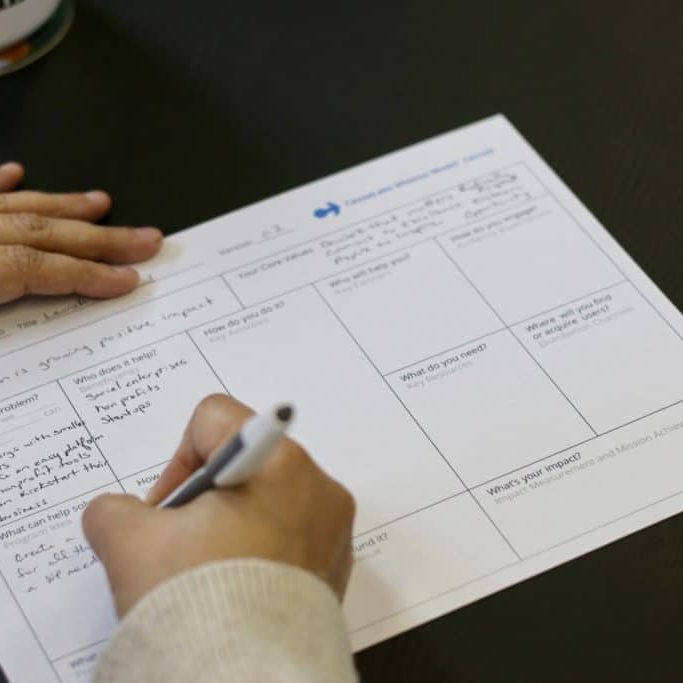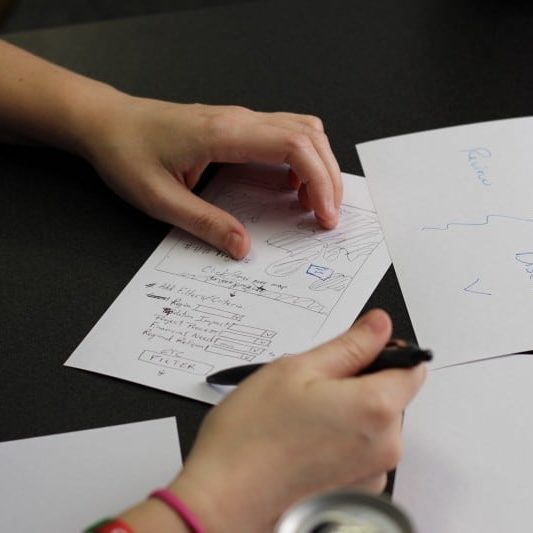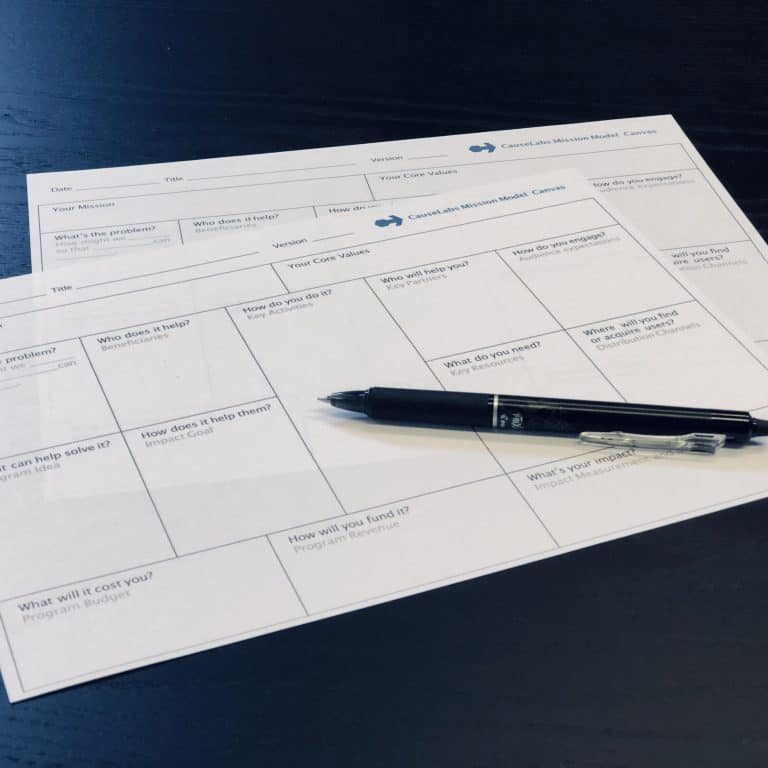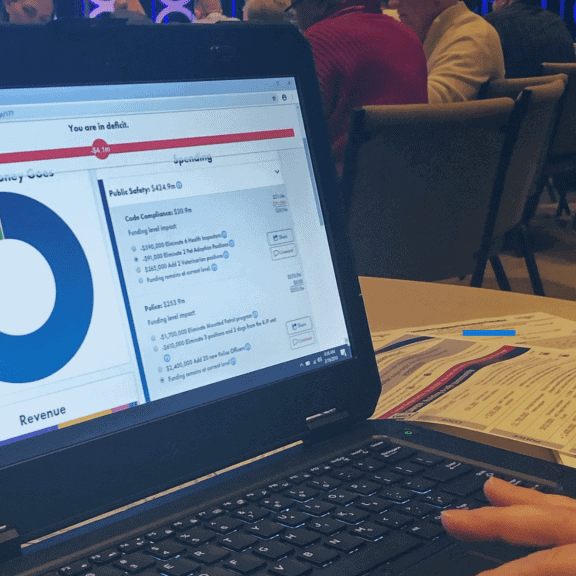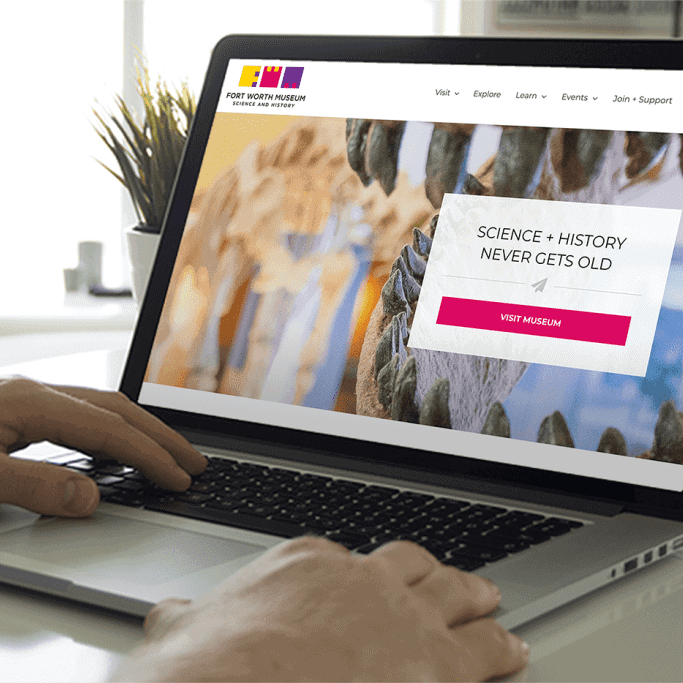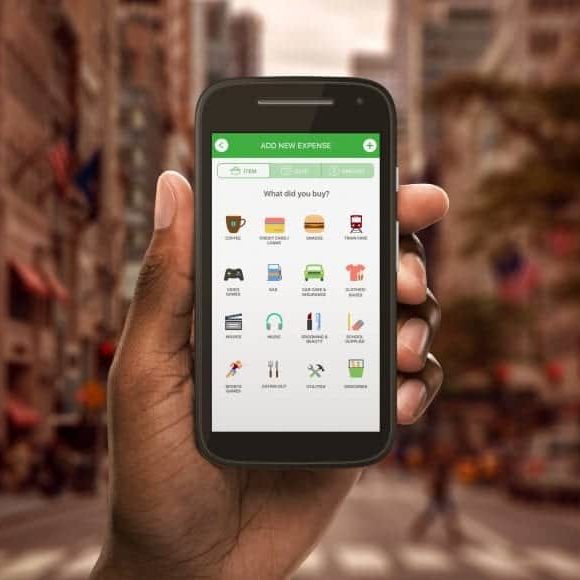This is part four of our guide to the Mission Model Canvas: your business plan cheat sheet. Read the first four parts here in our journals. In the previous article, we listed the Key Activities that will (7) Solve the problem; (8) Listed the Key Partners; and identified (9) What we need to test the […]
Technology
Delve into the latest trends and best practices in technology that enhance operations for nonprofit organizations and small businesses. This category covers everything from web development and UX design to innovative digital strategies and tools crucial for success in the digital landscape.

Building trust between users and technology
Fostering trust with your users can be a battle, but the rewards you’ll get are worth the fight.

